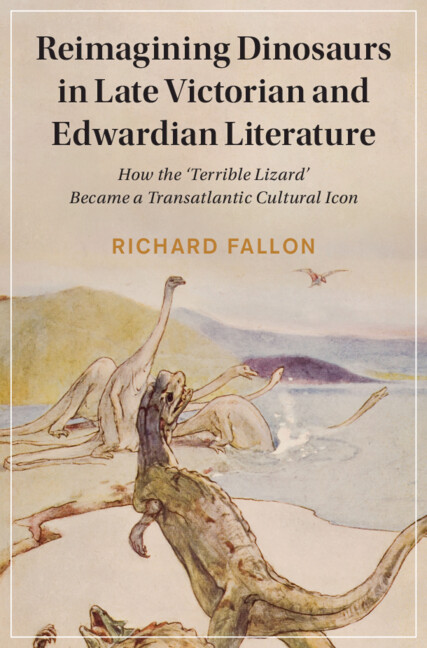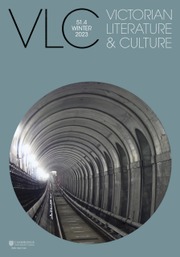Reimagining Dinosaurs in Late Victorian and Edwardian Literature
When the term 'dinosaur' was coined in 1842, it referred to fragmentary British fossils. In subsequent decades, American discoveries—including Brontosaurus and Triceratops—proved that these so-called 'terrible lizards' were in fact hardly lizards at all. By the 1910s 'dinosaur' was a household word. Reimagining Dinosaurs in Late Victorian and Edwardian Literature approaches the hitherto unexplored fiction and popular journalism that made this scientific term a meaningful one to huge transatlantic readerships. Unlike previous scholars, who have focused on displays in American museums, Richard Fallon argues that literature was critical in turning these extinct creatures into cultural icons. Popular authors skilfully related dinosaurs to wider concerns about empire, progress, and faith; some of the most prominent, like Arthur Conan Doyle and Henry Neville Hutchinson, also disparaged elite scientists, undermining distinctions between scientific and imaginative writing. The rise of the dinosaurs thus accompanied fascinating transatlantic controversies about scientific authority.
- Sheds light on largely overlooked, but critically important, developments in the cultural history of palaeontology
- Counterbalances existing works on this period by stressing the importance of popular and imaginative literature in making dinosaurs culturally relevant
- Highlights relevance of transatlantic literary culture to the popularisation of dinosaurs and science more generally
Reviews & endorsements
'… I enjoyed his book, and recommend it.' A. M. Lucas, Archives of Natural History
‘Fallon has introduced readers to a wealth of dinosaur-adjacent literature, some of which will be familiar but much of which is guaranteed to be new to readers. And he has accomplished an exciting coup, by convincing twenty-first-century readers to see something as utterly familiar as a dinosaur as a strange collection of beasts, a category still in negotiation.’ Alison Laurence, Victorian Studies
Product details
October 2021Adobe eBook Reader
9781108996570
0 pages
This ISBN is for an eBook version which is distributed on our behalf by a third party.
Table of Contents
- 1. Reclaiming Authority: Henry Neville Hutchinson, Popular Science, and the Construction of the Dinosaur
- 2. Reinventing Wonderland: Jabberwocks, Grotesque Monsters, and Dinosaurian Maladaptation
- 3. Rearticulating the Nation: Transatlantic Fiction and the Dinosaurs of Empire
- 4.Rediscovering Lost Worlds: Arthur Conan Doyle and the Modern Romance of Palaeontology








